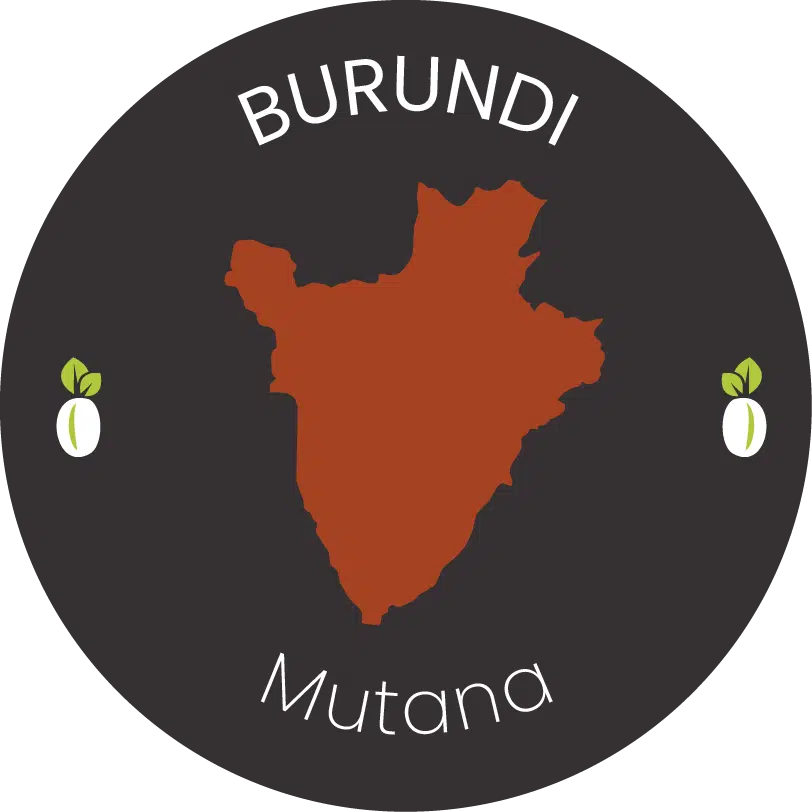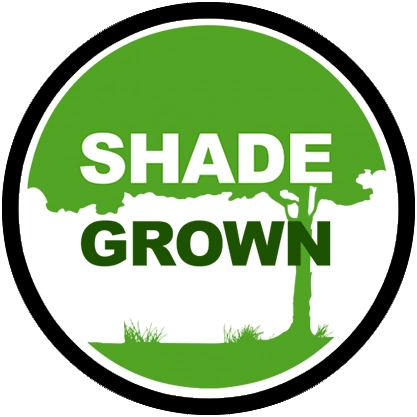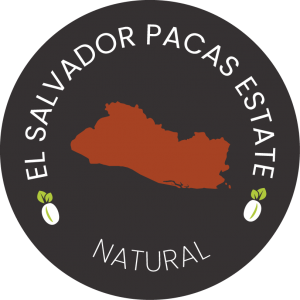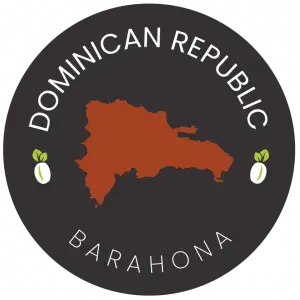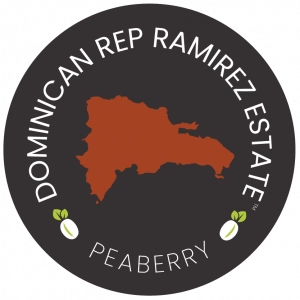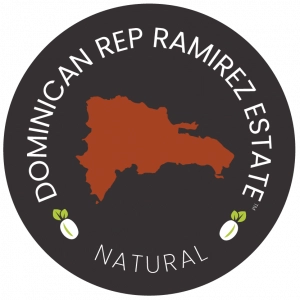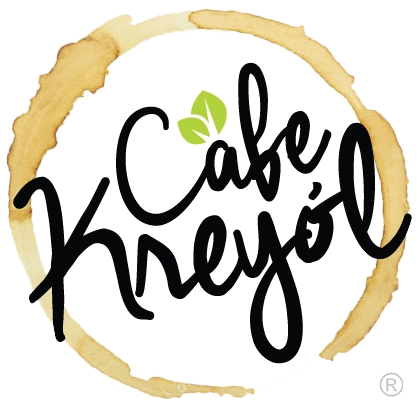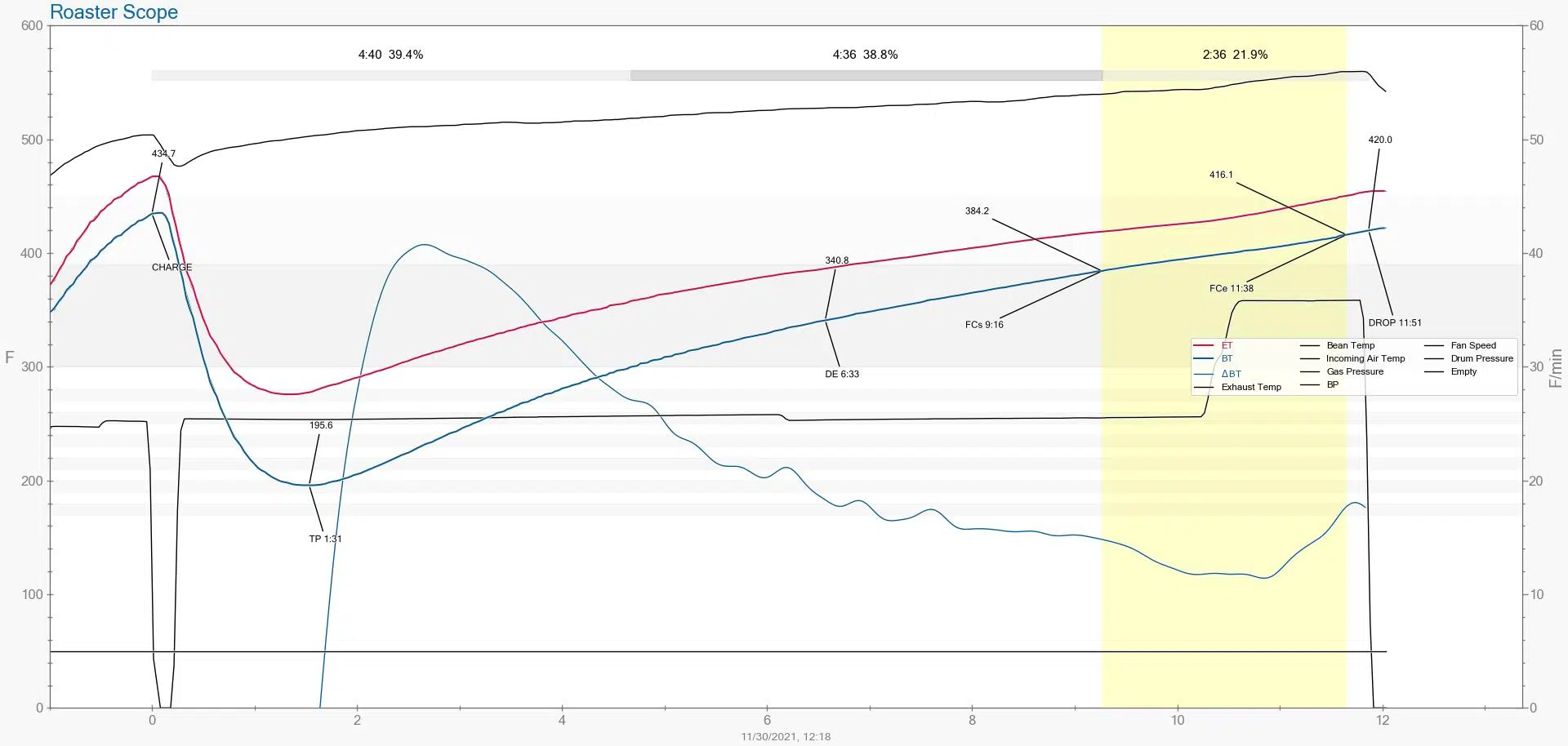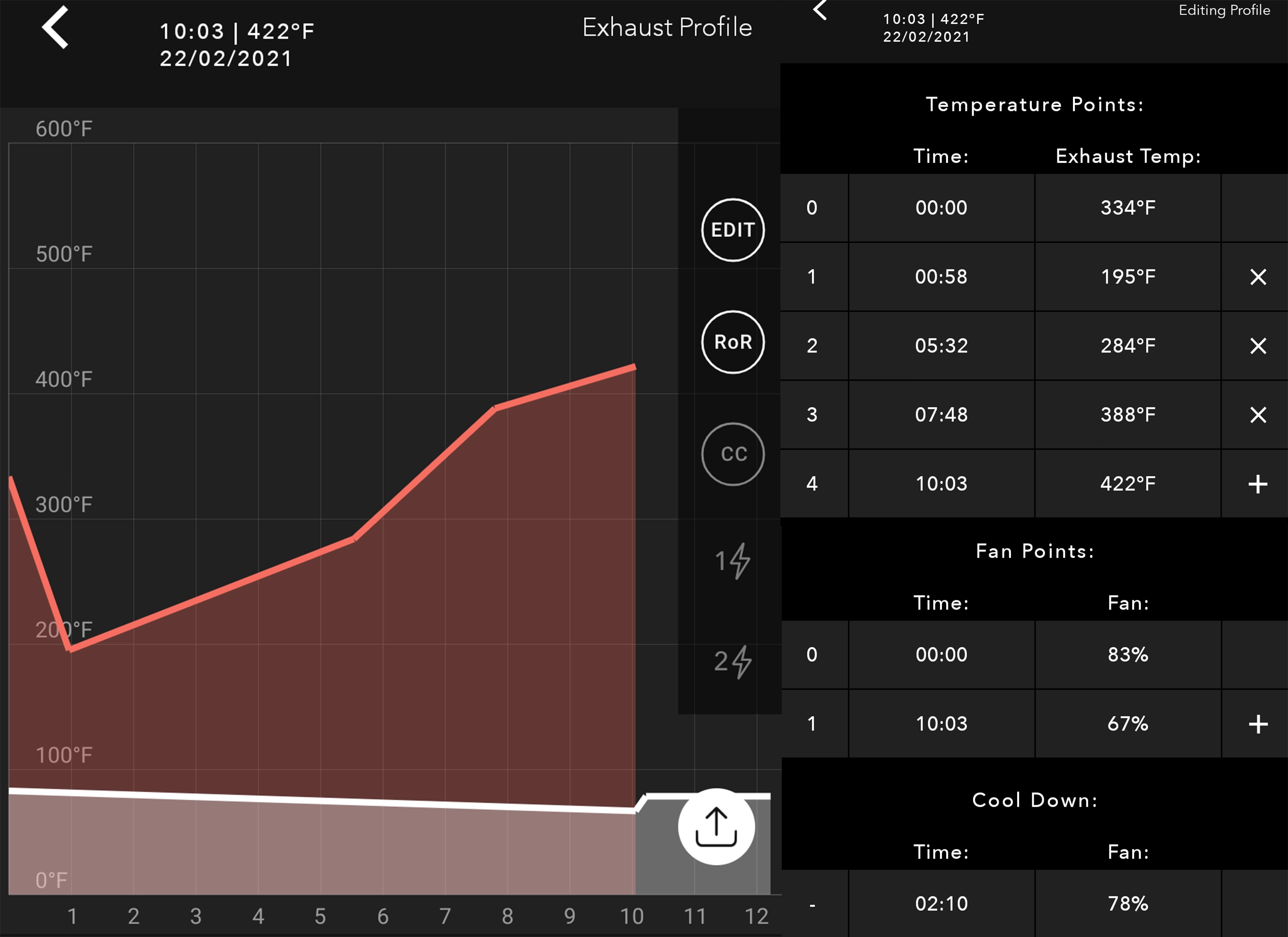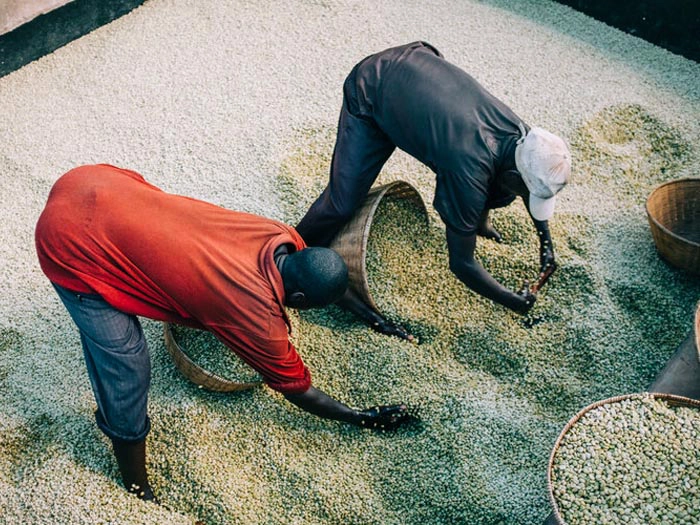
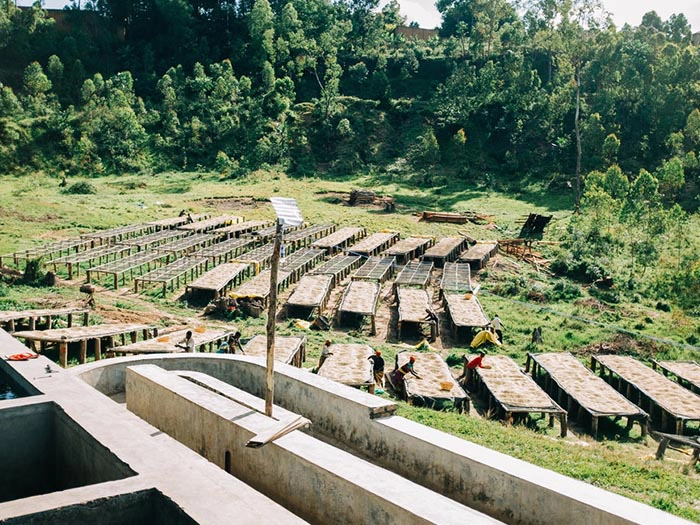

Nestled deep within the heart of the small coffee producing country of Burundi, on the border of the northern Kayanza Province, is the village of Bukeye. Bukeye, at 1,760 masl, bustles with all the activity of village life. Just beyond the village, down a dirt road lined with trees, lies the birthplace of Long Miles Coffee- the Bukeye Washing Station.
Bukeye was the first washing station built by Long Miles Coffee in January of 2013, and has become a place of innovation since its opening. It was here that our coffee scout program was piloted. The Coffee Scouts, together with our team of agronomists, have been pivotal in increasing the quality of our coffee through innovative methods and programs. The washing station has been the launching pad for an extensive organic pesticide program targeting antestia (the colorful bug linked to the potato defect), post-harvest pruning, mulching and fertilizing campaigns. It has been operational for seven seasons, since April of 2014.
Bukeye is the first washing station built by Ben and Kristy Carlson.
MANAGER Agathon Ininahazwe , ASSISTANT MANAGER Oswald Niyongabo, QUALITY CONTROL MANAGER Aline Kwizera WATER SOURCE Bukeye Washing Station has its own borehole and a granite-filtered well PROCESSING STYLE Traditional Burundian process (fully washed) and sundried natural process. During the fully washed process freshly harvested cherries are delivered by coffee farmers to the washing station, then floated and hand-sorted for ripeness upon arrival. The cherries are pulped and undergo a single fermentation process. Parchment spends around twelve hours dry fermenting. The parchment is sometimes ‘footed’ after fermentation. A team of twenty-five people will agitate and dance on the slippery coffee parchment by foot, helping to loosen any remaining mucilage clinging to it. It is then rinsed in fresh water, graded by density and left to soak for another four to six hours in the final rinse tank. PRE-DRYING AND DRYING Bukeye Washing Station has three double pre-drying tables and fifty-seven drying tables ranging in length and level designed to regulate drying times. The parchment is carried to covered drying tables where it spends between six to forty-eight hours pre-drying. During this time, it is hand-picked for under-ripeness, over-ripeness, insect damage and visual defects. It is then moved to traditional African raised tables where it spends between sixteen to twenty days slow drying (depending on the weather) reaching the desired 10.5% moisture level. During the natural process coffee cherries are floated and then hand-sorted, then taken straight to the drying tables. The whole coffee cherry spends between twenty-five to thirty days drying in its skin, slowly turning from deep red to a prune-like purple-black color when fully dry, reaching the desired 10.5% moisture level. EMPLOYEES Bukeye has 113 committed employees, most of whom call the surrounding coffee hills home. They work tirelessly in and out of coffee harvest season to produce the best quality coffee possible. Fifteen Coffee Scouts lead by Tite Ndayisenga are responsible for farm-level quality control, farmer education, and organic composting at the washing station. A team of quality monitors is responsible for cherry selection. This selection team works in collaboration with the Coffee Scouts. Three farmer reception and cherry collection officers, five seasonal coffee fermentation and production teams, seventy-nine women devoted to extensive quality control and to the curation of the coffee parchment.
Switch-backing up mountainsides and across small, hand-built log bridges, visiting Heza Washing Station at 1960 masl can be likened to an off-road adventure. To say Heza Washing Station is ‘remote’ would be an understatement and yet the community that lives in the surrounding hills is a special one, comprised mostly of coffee farmers. Heza means ‘beautiful place’ in Kirundi, the local language of Burundi. With panoramic views and an ever-changing East African sky, this washing station lives up to its name.
Heza is the second washing station built by Long Miles Coffee and has been operational since April of 2014. The fantastic conditions in the Kayanza Province and the amount of ripe, dense cherries brought to the station have led the Long Miles team to focus on pioneering a sundried natural coffee initiative. Heza is also home to Burundi’s first honey processed coffees.
Heza was built in January of 2014 at the foot of Gitwe hill, and has now been producing coffee for six seasons. From here, the Rwandan border and the tips of the Kibira, Burundi’s only indigenous rainforest, can be seen looming in the distance. The exceptionally high altitude, moderate climate and close proximity to the Kibira bring out the best in the coffee, both growing on the trees and being produced at the washing station. The individual micro-climates of each hill combined with the station’s ideal conditions guarantee unique and exquisite notes in every cup.
MANAGER Pamphile Mpawenayo ASSISTANT MANAGER Hervé Irankunda QUALITY CONTROL MANAGER Seth Nduwayo WATER SOURCE Heza processes its coffee by pumping spring water from a nearby natural spring PROCESSING STYLE During the fully washed process freshly harvested cherries are delivered by coffee farmers to the Long Miles Coffee Washing Station, then floated and hand-sorted for ripeness upon arrival. The cherries are pulped and undergo a double fermentation process. Parchment spends around twelve hours dry fermenting, then undergoes a twenty-four hour wet fermentation. The parchment is sometimes ‘footed’ after fermentation. A team will agitate and dance on the slippery coffee parchment by foot, helping to loosen any remaining mucilage clinging to it. It is then rinsed in fresh water, graded by density and left to soak for another four to six hours in the final rinse tank. PRE-DRYING AND DRYING The parchment is carried to covered drying tables where it spends between six to forty-eight hours pre-drying. During this time, it is hand picked for under-ripeness, over ripeness, insect damage and visual defects. It is then moved to traditional African raised tables where it spends between sixteen to twenty days slow drying (depending on the weather) reaching the desired 10.5% moisture level. During the natural process coffee cherries are floated and then hand-sorted, then taken straight to the drying tables. The whole coffee cherry spends between twenty-five to thirty days drying in its skin, slowly turning from deep red to a prune-like purple-black color when fully dry, reaching the desired 10.5% moisture level. EMPLOYEES Nine Coffee Scouts, lead by Asterie Nimbona, are responsible for farm-level quality control, farmer education, quality control during cherry selection and organic composting at the washing station. There are three farmer reception and cherry collection officers, a team of ten women responsible for organic composting, fifty-four seasonal workers responsible for coffee fermentation and coffee production, and fifteen women devoted to extensive quality control and curation of the coffee parchment.- Farmers: Over 5,500 Farming Families
- Altitude: 1760
- Partners since 2017
